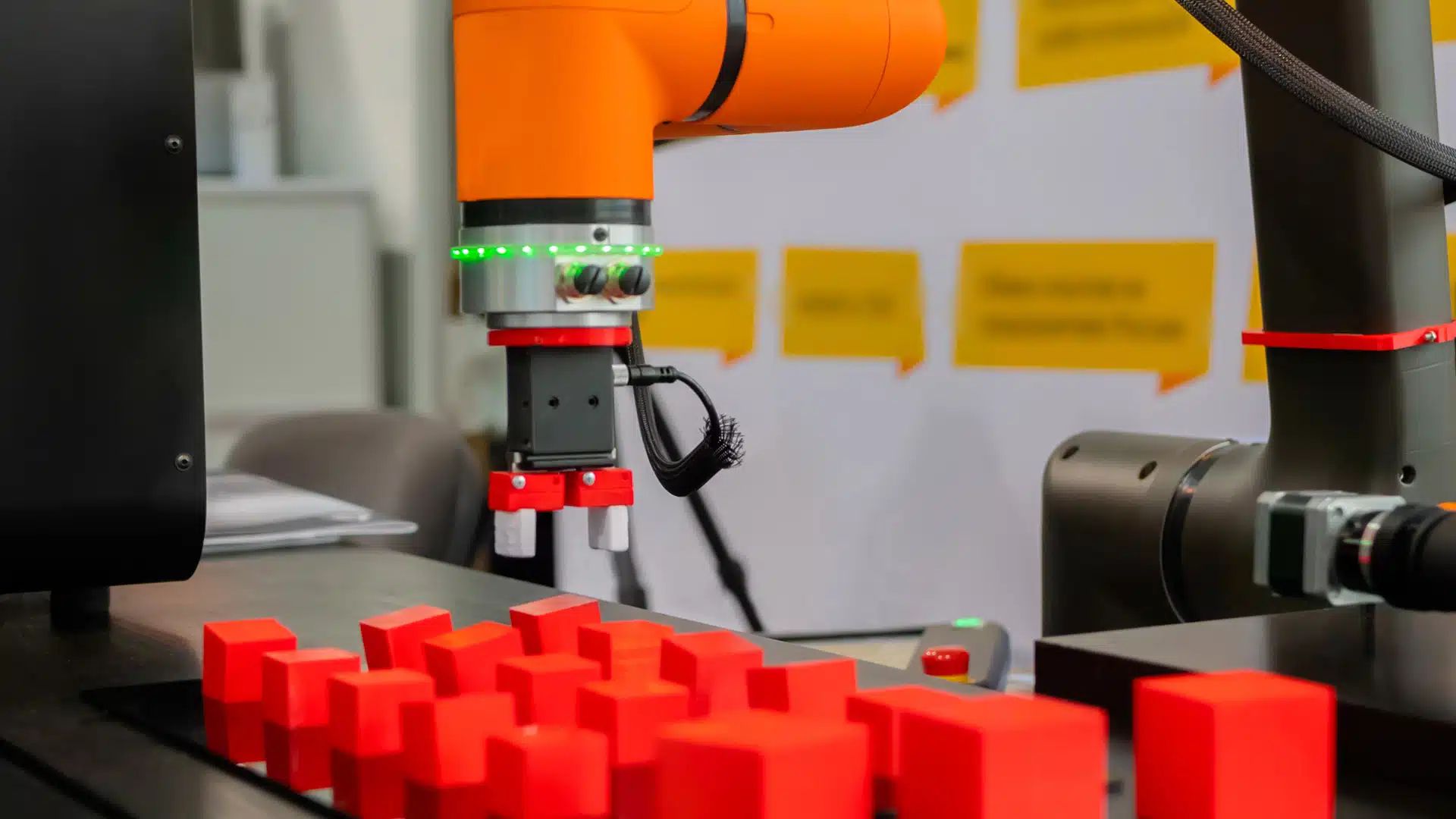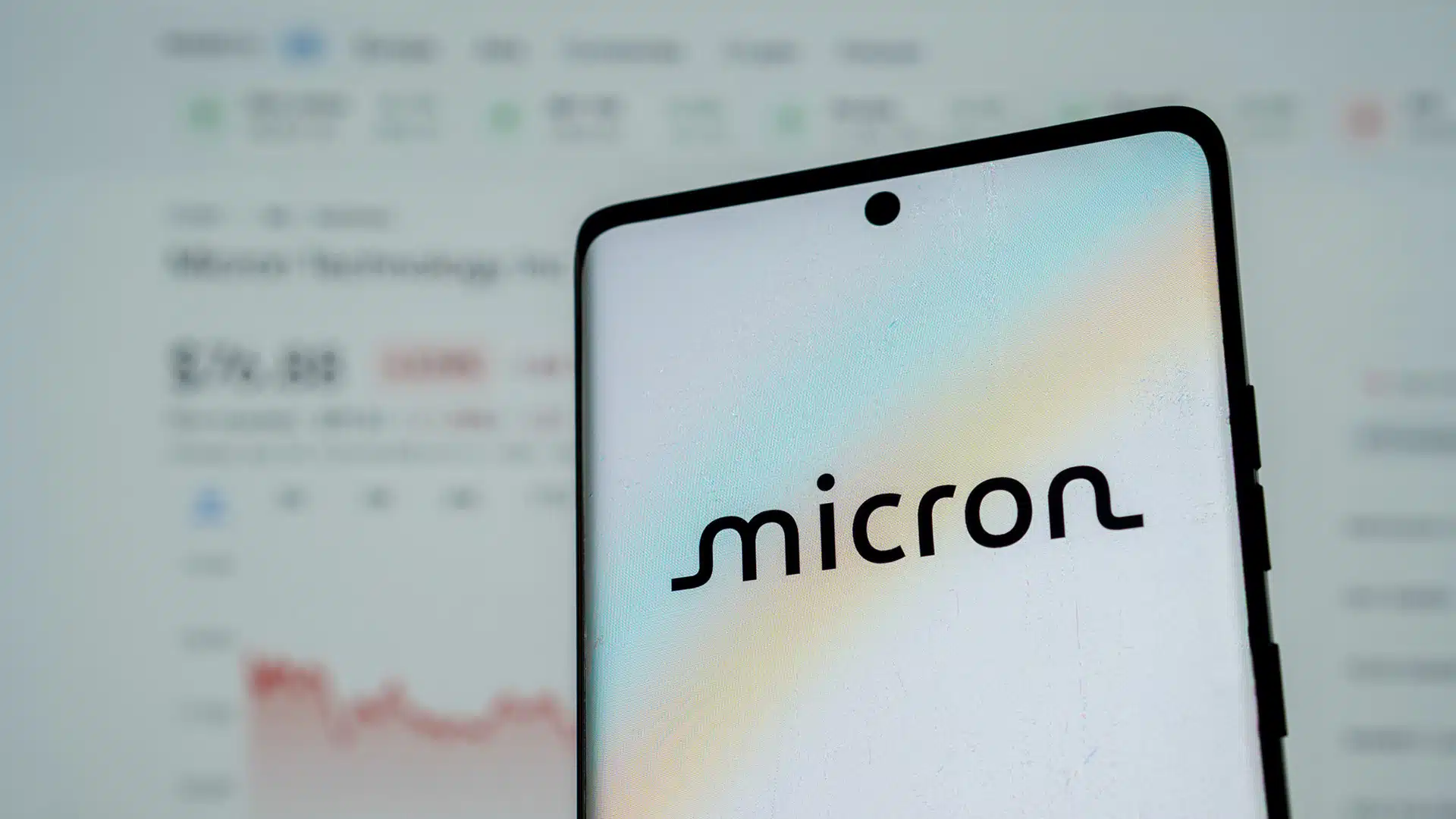Survey Solutions Have Come a Long Way
Customer surveys are important tools for gathering customer feedback and developing insights, and they have been evolving past just a simple mailer, email, or text. There has been an explosion in customer data type and channel options, and providers in this segment have responded by offering a wide range of comprehensive solutions to support not just engaging and easy to set up data collection but also sophisticated data analytics, insight generation, relevant dashboards, and tools to enable those insights to turn into action.
At times, these offerings are at odds with the widely varying levels of CX maturity in the industry, with some companies lacking the operational processes or companywide culture to take their CX program to the next level. This reality is evident to me every time my local car shop puts a cardboard survey on my rearview mirror.
Consumer sentiment toward feedback is likewise evolving with high expectations placed on companies to provide timely and empathic responses. Customers want the opportunity to be heard and acknowledged, but on their own terms and via their own channel choice amid the increasing channel options. Consumers also want action taken quickly and in a focused, personalized manner.

Yes, Paper Surveys Do, in Fact, Exist
Although mail and phone are always listed as possible survey vehicles, the use of those techniques is definitely waning. I have, however, received a few paper surveys this year. I decided to break down the good, the bad, and the ugly for a couple of them.
Across the board, I would say that first of all, they asked. From a large government agency to a small hospital, they took the time to see how the experience went. That is a plus regardless of the vehicle used.

Small, Mountain Hospital:
- They kept it short. For a healthcare survey, it had less than 15 questions, which is not too bad.
- There was opportunity for open-ended answers for each of the four main sections. This survey was a completely written survey and was likely quite laborious for the people receiving the feedback.
- There were no other options on how to take the survey. No link to an online survey. No email or text. Just one way to provide feedback. For some, this writing may not have been physically possible, although it did allow for others to fill it out on the patient’s behalf.
- Maybe it is just me, but handwriting it all, putting it in the envelope, and mailing it was a bit of a barrier. Shamefully, it took me months to fill it out and only after I found it under a pile of papers. I have a feeling there are many others who are paper-averse.
- If you wanted to be contacted about something from your survey, there was an option to provide your contact information with a lukewarm promise that “a director may contact you to follow up.”
- It would have been nice to have a way to acknowledge specific staff members, none whose names were remembered after we walked out the door.
- My least favorite prompt: Likelihood of your recommending our Emergency Department to Others. I always struggle with net promoter score (NPS) types of questions in a healthcare setting as many would never recommend an emergency room visit or would be constrained by location or insurance. There are better ways to get at what type of experience a patient had.

US Postal Service Survey:
- Well, obviously they tested out their own “technology,” as I received it in the mail. Successfully.
- Several options on how to take the survey were given. As a matter of fact, the paper was just the notification of your options to get to a survey. Impressively, the US Postal Service gave three options: website, phone call, or QR code
- An option was given for another language other than English.
- The survey was not just limited to operations but asked questions about how I felt. How did the interaction with the USPS make me feel? Did I feel like a valued customer? It is important for organizations to show empathy when asking for feedback. It actually demonstrated great progress for a government survey and likely reflects the recent push into CX.
- There was a contact email if help was needed during the survey process.
- There were limited options for open-ended responses.
- It would have been nice if there was more background on why the survey was being done and how/if the information would be fed back to our local office. I filled it out not really feeling that the feedback loop was closed.
- Paper. It stayed in that same pile that the other paper survey sat in, delaying response.
Overall, not too bad. For the hospital, it is a requirement to send a follow-up survey, and the one they sent was just fine, especially considering the size of the facility. But paper is likely not a preferred format for a growing part of the population. It really delays the feedback cycle and could not be further from being “in the moment” or even slightly after the moment.
The government has been dedicating more time and resources to CX efforts, and this survey is the first time I have personally encountered something I would categorize in that area. I was pleasantly surprised on a lot of levels by the USPS survey. It hit a lot of the targets of good feedback management such as offering different channels and allowing for some empathy. The USPS leveraged the only ability it likely has for reaching respondents – the mail system – and did it pretty well.
Author Information
As a detail-oriented researcher, Sherril is expert at discovering, gathering and compiling industry and market data to create clear, actionable market and competitive intelligence. With deep experience in market analysis and segmentation she is a consummate collaborator with strong communication skills adept at supporting and forming relationships with cross-functional teams in all levels of organizations.
Sherril holds a Master of Business Administration in Marketing from University of Colorado, Boulder and a Bachelor of Arts in Psychology from Rutgers University.








